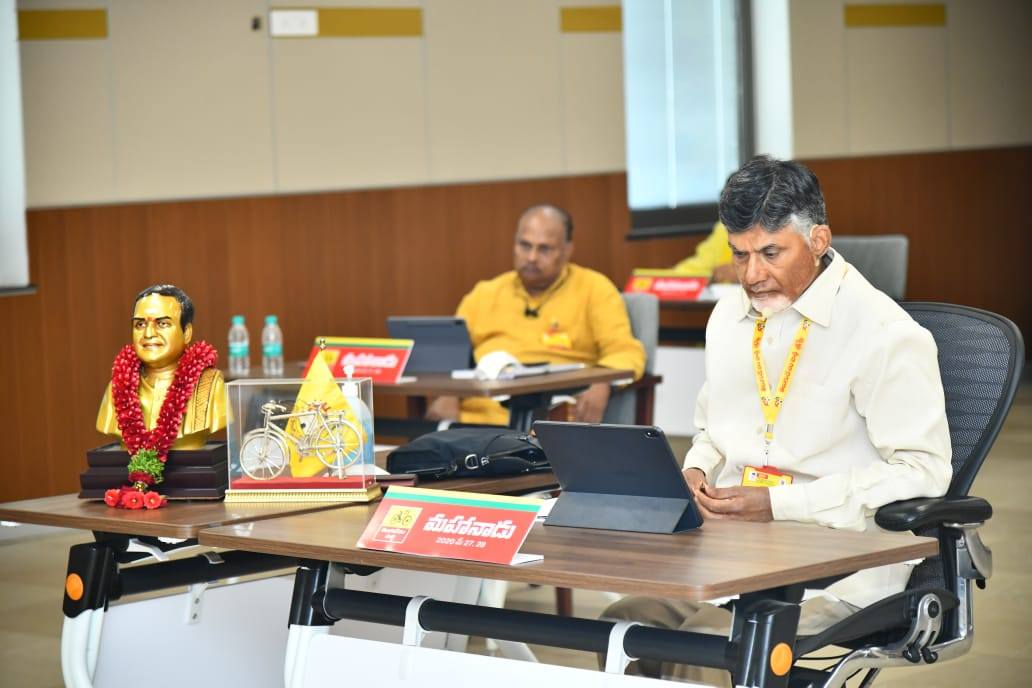

Summary: Do you wish to explore some great details about Amaravati, which is otherwise called as Andhra Nagari and Amareswaram? You have come to the right place.
Guntur District is a popular name, not just in Andhra Pradesh, but in other parts of the world as well. This district has a village called as Amaravati, which is situated in the Amaravati Mandal at the revenue division of Guntur. It is located to the north of the city of Guntur and it is located in the banks of Krishna River. The city holds the pride of being one among the many heritage cities in India.
Meaning of the name:
The term Amaravati in the local language translates to ‘the town lives forever’. It is called as Amareswaram because of the popular Amareswara temple located in the city, which is dedicated to Lord Shiva. It is one of the Pancharama Kshetras, which means it is one of the five ancient temples of Lord Shiva.
About the temple:
As mentioned earlier, it is one of the Pancharama Kshetras. Meaning, it is one of the five different spots in which the Shiva Lingam in the throat of the demon Tarakasura, who was killed by Subramanya Swamy fell. In the Amareswaram, it is believed that the Devas inclusive of Indra Deva has worshipped the lord Shiva. There are three things special about this temple in Amaravati and they are:
- The Krishna River
- It is one of the important Kshetrams with Sthala mahatmyam
- The third significance is the Lord Shiva himself in the form of Sri Mahalinga Murty.
The Lord Shiva in this temple is in the form of 15 feet high white marble linga and the great thing about this temple is that it is bounded by four high gopurams built in emblematic Dravidian style. The original lingam in this temple is known to have been worshipped by the 7 rishis as per Hindu Mythology.

Major festivals in the temple:
The important festivals celebrated in this temple are the Kalyanotsavam, the Navarathri and the Maha Shivaratri.
History of Amaravati:
The city was also the capital of Satavahanas, the first great Andhra Kings, who was ruling the area from the second to third century BC, after the downfall of the Maurya Empire.
The history of this city dates back to second century BCE. After the decline of Satavahanas, The Ikshvakus of Andhra and later Pallava Kings are known to have ruled this region. Then, Eastern Chalukyas and the Telugu Cholas were ruling this region and during the medieval times, this region was under the control of Kota Kings. During the 11th century CE, the Kota Kings were restrained by Kakatiyas and during this period, this region became a part of unified Telugu dynasty. The significance of this place is that it is found a mention in the Skanda Purana along with the Amareswara Temple.
 About Stupa:
About Stupa:
Amaravati actually lies between the Krishna and Godavari Rivers and this place was important from the 2nd century BCE for Buddhism. During 200 BCE, this region was ruled by the King Ashoka, who built a Buddhist Stupa here. The attractive thing about this Stupa was that it was sculpted with panels that tell the story of the Buddha. However, during the decline of Buddhism in this region, the stupa was buried.

Ancient art:
Art historians consider the Amaravati Art as one of the three important styles of ancient Indian art. It is known that products from this part of AP were taken to Sri Lanka and South-East Asia and so the influence of Amaravati School of Art can be found in the Art of these countries. The British Museum at London and the Government Museum at Chennai Egmore host the Amaravati Gallery, from where the artistic view of olden Amaravati is clearly visible.

Amaravati School:
History of this region clearly shows that a different type of art form developed and flourished here for nearly six centuries starting from 200-100 BCE. This school of Art holds a pre-eminent position in the history of the Indian Art. From the 3rd Century BCE, the city clarifies her episodes all through the congregation of sculptural wealth.
Places of attraction for tourists:
Even though, there is a popular temple dedicated to Lord Shiva, Amaravati is the pilgrim spot, not just for Hindus, but it is also the place of worship for Buddhists as well. There is a Buddha statue in Amaravati in meditation state, thereby making it a worship spot for Buddhists. To ensure easy transportation for the tourists, the town is connected by the Amaravati Road to Guntur.

Culture:
Local people speak Telugu and common clothing for women is saree, while for men, it is lungi or panche with uthareeyam. This town has found great mention in the Amaravti Kathalu written by Satyam Sankaramanchi, wherein the traditional culture of the local people during pre-independence and post-independence period can be rightly understood.
Festivals:
When it comes to festivals in Amaravati, the Navaratri and Mahasivaratri festivals are celebrated in a grand manner each year. Furthermore, in the year 2006, a Buddhist ritual called as the 30th Kalachakra Festival was also held in this region to denote its connection to Buddhism.
In short, Amaravati is a place with much historical, religious and cultural importance in Andhra Pradesh.





















